Need help with identification
14 years ago
Related Stories

ORGANIZINGHelp for Whittling Down the Photo Pile
Consider these 6 points your personal pare-down assistant, making organizing your photo collection easier
Full Story
HOME TECHAll Is Not Lost: New Gadgets Help You Find Your Stuff
If you lose it when you lose things around the house (and who doesn't?), one of these wireless finders may be to your gain
Full Story
GARDENING GUIDES6 Steps to Creating Your Butterfly Garden
Encourage these fanciful winged beauties to visit your garden while helping restore their fragmented habitat
Full Story
DECORATING GUIDESHouzz Tour: Traditional Meets Transitional in a Townhouse
A Southern California couple downsizes, and their designer helps them push past traditional boundaries
Full Story
GARDENING FOR BUTTERFLIESA Quick-Start Guide to Bird-Watching for Fun and Learning
Set out some seed and grab your field guide. Bird-watching is an easy, entertaining and educational activity for the whole family
Full Story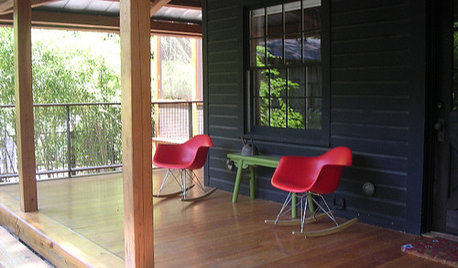
PINKHoneysuckle: Inspired by Pantone's Color of the Year
13 ways homes can wear this confident shade of pink, Pantone's color of 2011
Full Story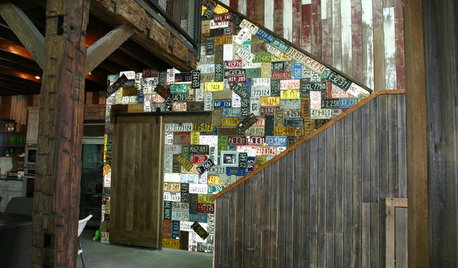
DECORATING GUIDESGive License Plates the Green Light
Imagination is the driving force behind these car and motorcycle plates repurposed as artistic home decor
Full Story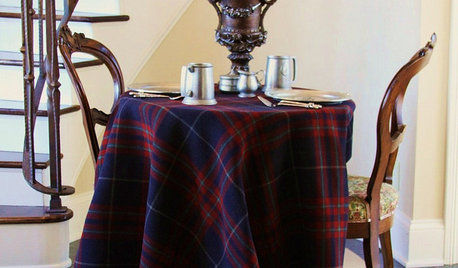
DECORATING GUIDES7 Stylish Takes on Tartan
Masculine or feminine, bold or subtle, this classic pattern brings a rich look to walls, floors, furniture and accessories
Full Story
DECORATING GUIDESTangerine Tango: 4 Ways to Use Pantone's Color of the Year
Don't let this bold hue scare you — try warming up any room with this cheerful red-orange color of 2012
Full Story
GARDENING GUIDESHow to Find the Right Native Plants for Your Yard
Find plant maps, sale sites and guides that make going native in the garden easier than ever
Full StorySponsored
Industry Leading Interior Designers & Decorators in Franklin County



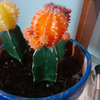

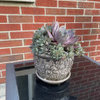
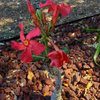
cactusmcharris, interior BC Z4/5
joscience
Related Discussions
New to succulents and need help for identification and tips on caring!
Q
Need help with identification
Q
Need help with identification please...
Q
Need help with identification
Q
cactusmcharris, interior BC Z4/5
joscience
birdsnblooms
cactusmcharris, interior BC Z4/5
linda_denman_islandOriginal Author
cactusmcharris, interior BC Z4/5
joscience
cactusmcharris, interior BC Z4/5
paracelsus
joscience
joscience
paracelsus
cactusmcharris, interior BC Z4/5
joscience
linda_denman_islandOriginal Author
joscience
cactusmcharris, interior BC Z4/5
cactusmcharris, interior BC Z4/5
joscience
linda_denman_islandOriginal Author